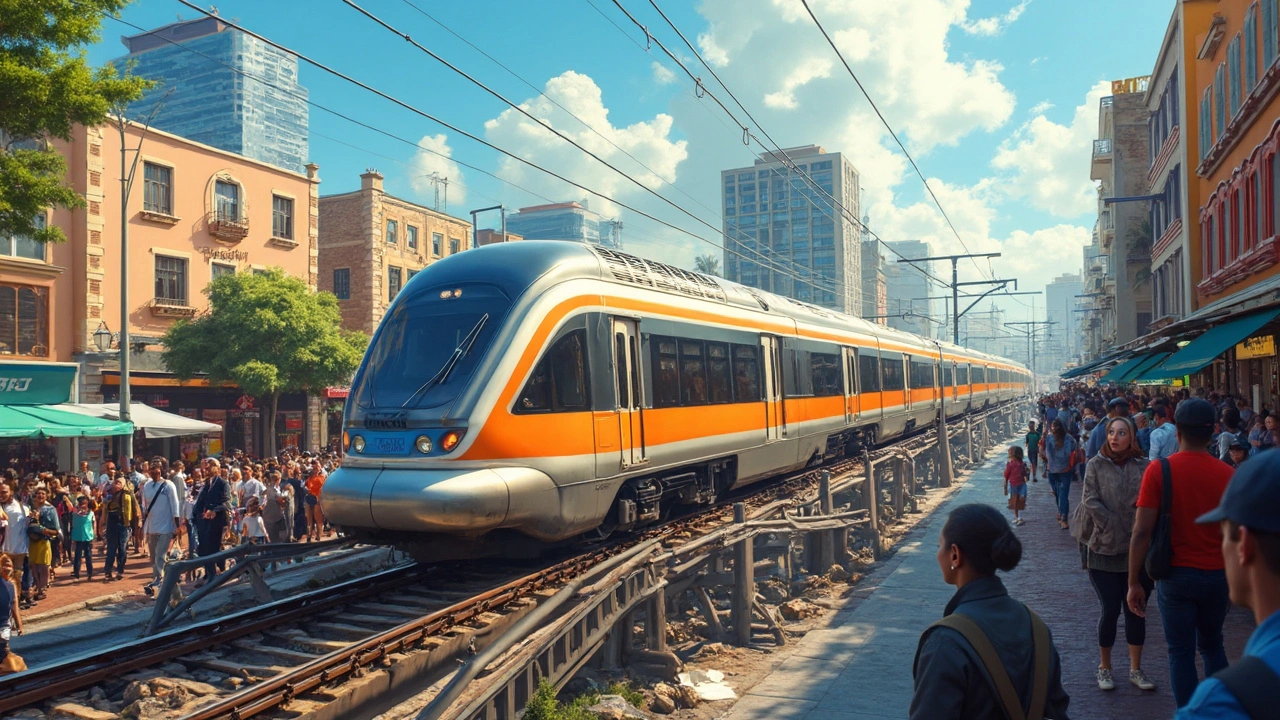Railway Systems: What Are Ladder Tracks and Why They Matter
If you've ever wondered how modern railways keep trains running smoothly, ladder track systems might surprise you. Unlike traditional sleeper tracks, ladder tracks use longitudinal beams connected by cross ties to support rails. This design dates back to the 19th century but has seen a fresh wave of interest thanks to new technology improving its performance in different environments.
What makes ladder tracks stand out is their ability to reduce maintenance needs and improve ride stability. Modern versions like Tubular Modular Track and systems developed in Japan focus on cutting down vibrations and noise while holding up better against weather extremes like wet or desert areas. These features make ladder tracks especially useful for urban transit systems or places where regular maintenance is tough.
The Advantages of Ladder Track in Today’s Railway Systems
One big plus of ladder tracks is their lower roadbed pressure, which means less wear and tear on the ground beneath the tracks. This can translate into smoother rides and longer-lasting infrastructure. The use of longitudinal beams also helps keep rails precisely spaced, preventing misalignments that cause derailments or bumpy trips.
For railways that handle heavy loads or face harsh climates, ladder tracks offer a reliable option that needs fewer repairs over time. This can save money and reduce downtime for maintenance crews. Plus, the modular designs allow for quicker installation and easier replacements when sections wear out.
Why Ladder Track Could Shape the Future of Rail Travel
As cities expand and rail networks grow, finding efficient and low-maintenance track solutions is vital. Ladder track systems are becoming attractive because they adapt well to different conditions and support higher speeds without constant upkeep. Rail operators and engineers are taking notice, with more installations planned in urban transit projects and freight corridors.
So, if you're curious about what keeps trains running safely and smoothly, ladder track designs offer a peek into the smart engineering behind railways today. They blend history with innovation, proving that sometimes old ideas, improved with new tech, bring the best solutions for modern challenges.
Ladder track, with its unique system of longitudinal supports and transverse connectors, has evolved significantly from its early British roots. Modern adaptations aim to reduce maintenance and improve stability, using innovations like Tubular Modular Track and Japan's advanced designs. This article explores the practical benefits and drawbacks of ladder tracks and considers why today’s railways are revisiting these concepts.
Ladder track systems are a leap forward from traditional railway tracks, offering durability and lower maintenance needs. Sprouting from the 19th-century baulk road designs, modern iterations like Tubular Modular Track provide efficient solutions for urban and industrial settings. Besides reduced roadbed pressure and enhanced stability, these systems are now part of major projects like South Africa’s Gautrain. Ideal for challenging conditions, they simplify installation and upkeep.
Latest Posts
Rakesh Roshan's Retirement Raises Questions About Hrithik Roshan's Krrish 4 and Its Future
Nov 18 2024Bournemouth vs Southampton: Match Prediction, Lineups, Betting Tips & 16/1 Bet Builder Insights
Sep 30 2024


 Sports
Sports